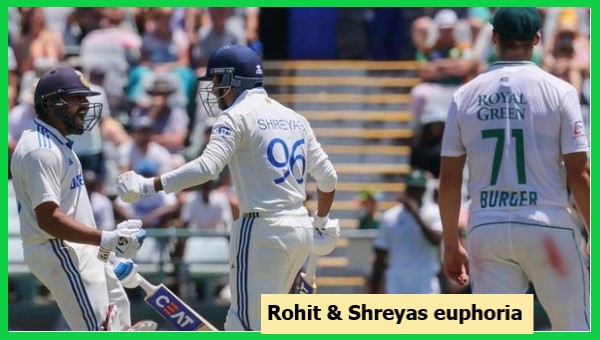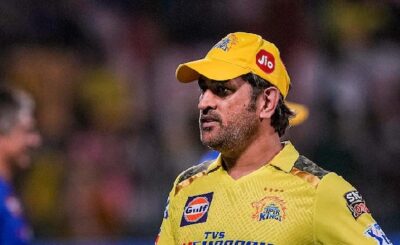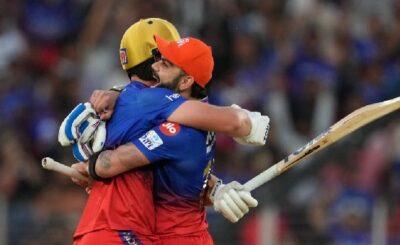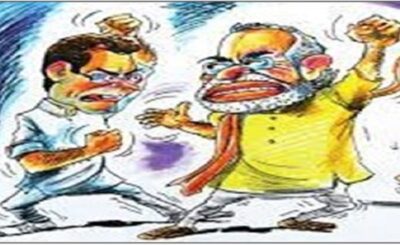
Presently, Test matches are scheduled to be played across five consecutive days. However, in the early days of Test cricket, matches were played for three or four days. Actually, four-day Test match was last played in 1973, between New Zealand and Pakistan. Until the 1980s, it was usual to include a ‘rest day,’ often a Sunday.
The shortest-ever official Test match lasted just 10 balls between England and West Indies at North Sound in 2009. However, that match was called off due to a dangerous outfield and the match ended in a draw. The other shortest Test matches were West Indies vs England at Sabina Park, Kingston in 1998 where only 61 balls were bowled while Sri Lanka and India played 72 balls at Kandy in 2017 before game was abandoned.
The second Test between India and South Africa was the shortest completed Test match which ended after 107 overs of play. The Test cricket is full of surprises because it gives both batters and bowlers an equal chance to perform and win the game for their team. That is why it is known as the hardest format of the game. In addition, the different conditions make a Test match more difficult for the teams. The playing conditions in every country are different from one another. Some places offer seam, swing, and bounce, while other offer a great amount of turn, which also effect on the result of the game. In the history of the game, there are a few Test matches that have ended within 3-4 sessions or less. There are 10 top shortest completed Test matches in terms of numbers of overs bowled.
It was Test between Australia and New Zealand in Wellington in 1946 when New Zealand batted first and were dismissed for just 42 runs. In reply, Australia managed 199/8 in 74 overs and declared the innings, with a lead of 157 runs. New Zealand were bowled out for 54 runs and Australia won by an innings and 103 runs. The duration of the game was just 145.2 overs.
One of the shortest Test in recent times was played at The Gabba between Australia and South Africa in 2022. The match ended within two days. After calling correctly, South Africa were all out for 152 runs in 48.2 overs. Australia fared slightly better and managed to score 218 runs in 50.3 overs. Trailing by 66 runs, South Africa were skittled out for 99 in 37.4 overs. Australia needed 34 runs to win but lost four wickets. They ended with a score of 35/4 in 7.5 overs and won the match. The Test was completed in just 144.2 overs.
In one of the shortest Test matches played in India against England was at Ahmedabad in 2021, both teams failed to reach 150 run mark. While England scored of 112 (48.4 overs), India in reply scored 145 runs in 53.2 overs. Trailing by 33 runs, England got all out for 81 runs (30.4 overs) in second innings and home team took 7.4 overs to score 49 runs to win the game, ending the match in 140.2 overs.
A Test match between England and South Africa at the Oval in 1912 ended in 135.5 overs. South Africa opting to bat first were all out for 95 in 42.3 overs. England replied with 176 runs in 56.1 overs. South Africa fared no better to be dismissed for 93 runs in 32.4 overs, setting a small target of 13 runs. England got home in 4.3 overs.
In the first 4-balls over Test between England and Australia at Lord’s in 1888, match finished after 197 overs of play. Australia scored 116 runs in 71.2 overs and 60 runs in 29.2 overs in their two innings. On the other hand, England scored 53 runs in 50 overs and 62 runs in 47 overs to hand over the match to their archrivals by 61 runs.
In another 4-balls per over Test match between South Africa-England at Cape Town in 1889, bowling out an opponent below 50 runs in both innings is a rare event. England batted first and scored 292 runs in 123.1 overs. South Africa were bowled out for 47 runs (47.1 overs) and 43 runs (28.2 overs) and lost by an innings and 202 runs. The game ended in 198 overs.
In the England and Australia series of 1888, another shortest game was witnessed at Old Trafford, where game ended in 196 overs. In reply to England’s 172 runs in 113.1 overs, Australia managed meagre 81 runs (52.2 overs) and 70 runs (31.1 overs) and lost by an innings and 21 runs.
The third shortest game was played between West Indies and England in Bridgetown in 1935 where rain-God proved kind to England. The duration of the game was only 112 overs. West Indies batted first and made 102 runs in 47 overs. In reply, England declared their first innings at 81/7 in 29.3 overs on a deteriorating pitch. In reply, West Indies too declared with score at 51/6 in 19 overs. However, England made 75/6 in 16.3 overs in the fourth innings and won the game.
At Melbourne in 1935 in a 109.2 overs Test Match, South Africa recorded two lowest Test scores. After winning the toss, Australia scored 153 runs in 54.3 overs. It was a nightmarish outing for the Springboks who were dismissed for 36 in 23.2 overs and 45 in 31.3 overs to allow home team record victory by an innings and 72 runs in a 109.2 overs match.
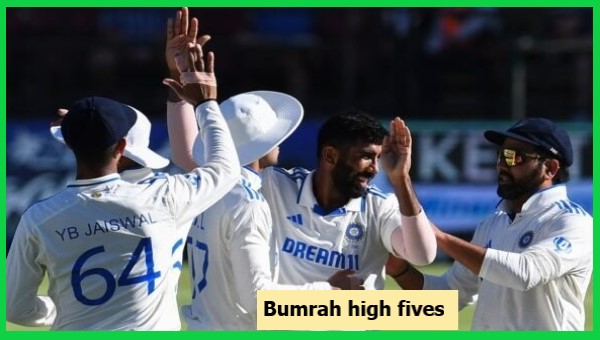
The recent India South Africa Test at Cape Town lasted only 107 overs. It was the shortest game ever to take place in Test cricket. What an ominous beginning for cricket in the year 2024 where South Africa batted first and were bowled out for the lowest total at home of 55 runs in 23.2 overs. India looked good at one stage, but later lost last six wickets without a run. They managed 153 runs in 34.5 overs. In reply, South Africa got all out for 176 runs in 36.5 overs. India got a target of 79 runs which they chased in 12 overs and won. Overall, this game was completed in 107 overs.
The saga of a Test match’s duration will be lop-sided because on the other side of the spectrum are timeless Tests ending in a stalemate. In these two high-scoring Test matches, hurry to catch departing ship for England was more important than winning/losing the match. The team management was aware that the next ship to take them back to England will be available only after a month.
The lengthiest recorded cricket match known as the `Timeless Test” between England and South Africa, fifth Test at Durban in South Africa was played from March 3-14, 1939. It was abandoned after ten days (eighth day rained off) because the ship taking the England team home was due to leave.
South Africa had set a target of 696 for England to win. By the time England had to leave to catch their ship home on March 14, England had reached 654 for 5 (the highest ever first-class fourth innings score then). This is the longest Test cricket match on record. The match had not been expected to take more than five days, but rain and rolling rejuvenated the pitch three times during the match, and it was still in good condition for batting when the match was abandoned with 42 runs needed for victory and five wickets in the bank. South Africa 530 & 481, England 316 & 654 for 5.
This is what happened in Kingston in 1930, when the fourth and final Test between West Indies and England lasted for seven playing days and had to be abandoned owing to shipping schedules. England batted for the first two and a half days of the fifth Test and made 903 for 7 before leaving for home in hurry to board the home sailing ship. West Indies 286 & 408-5; England 849 & 272-9 declared. The ICC was considering implementing a timeless Test for the final of the last CC World Test Championship. However, it was not to be!


